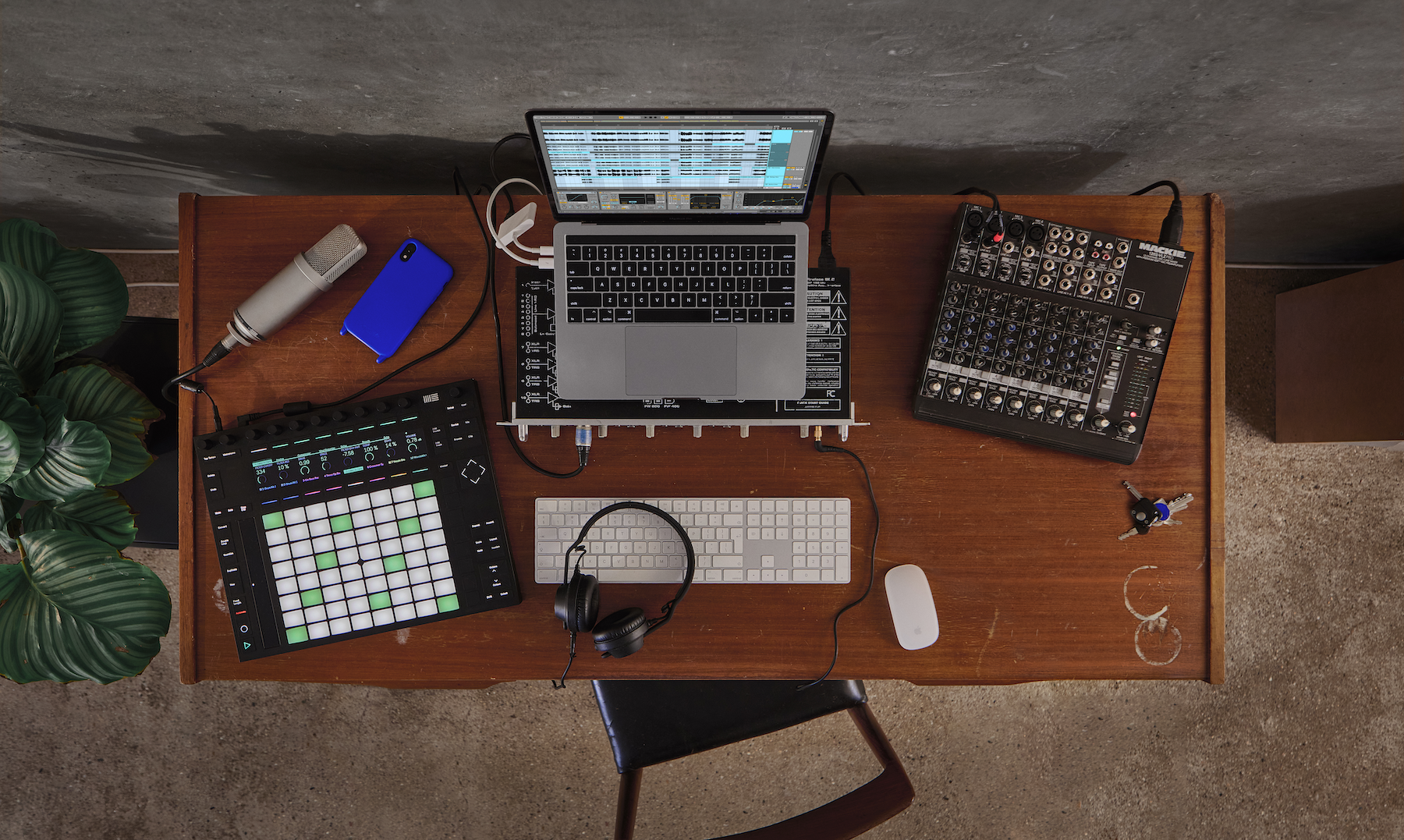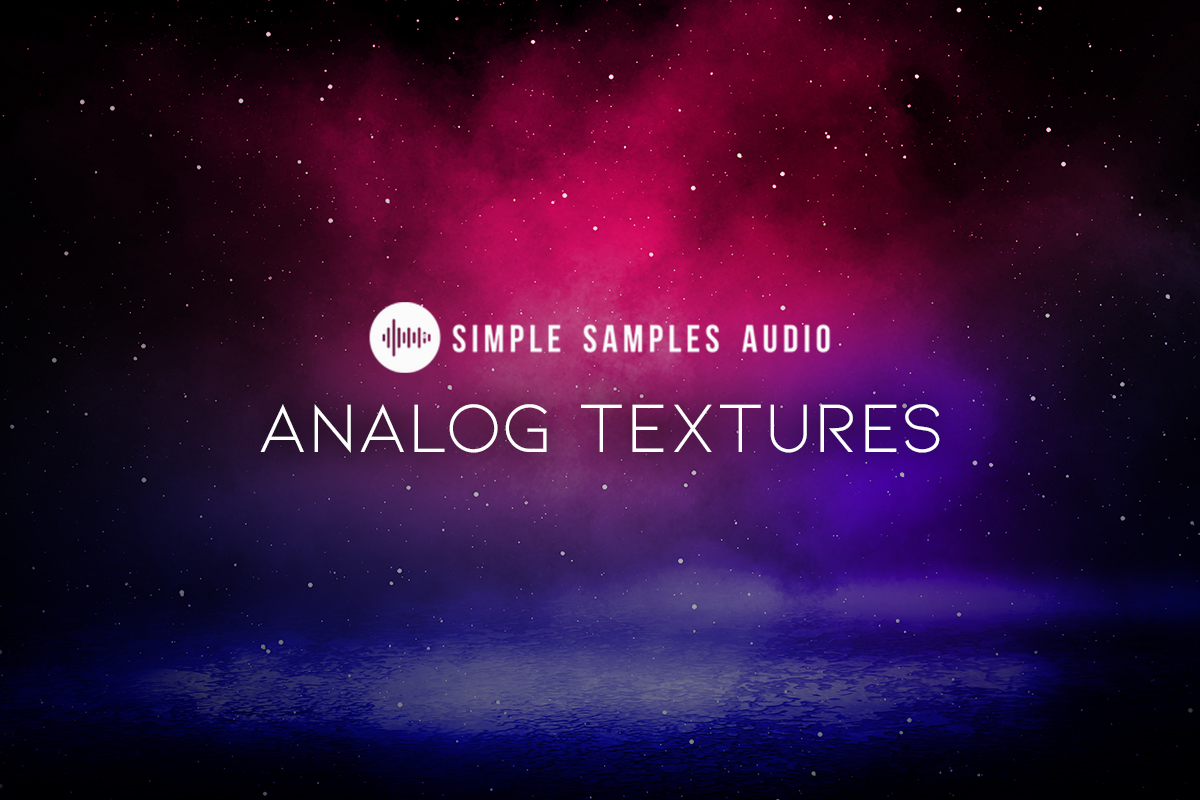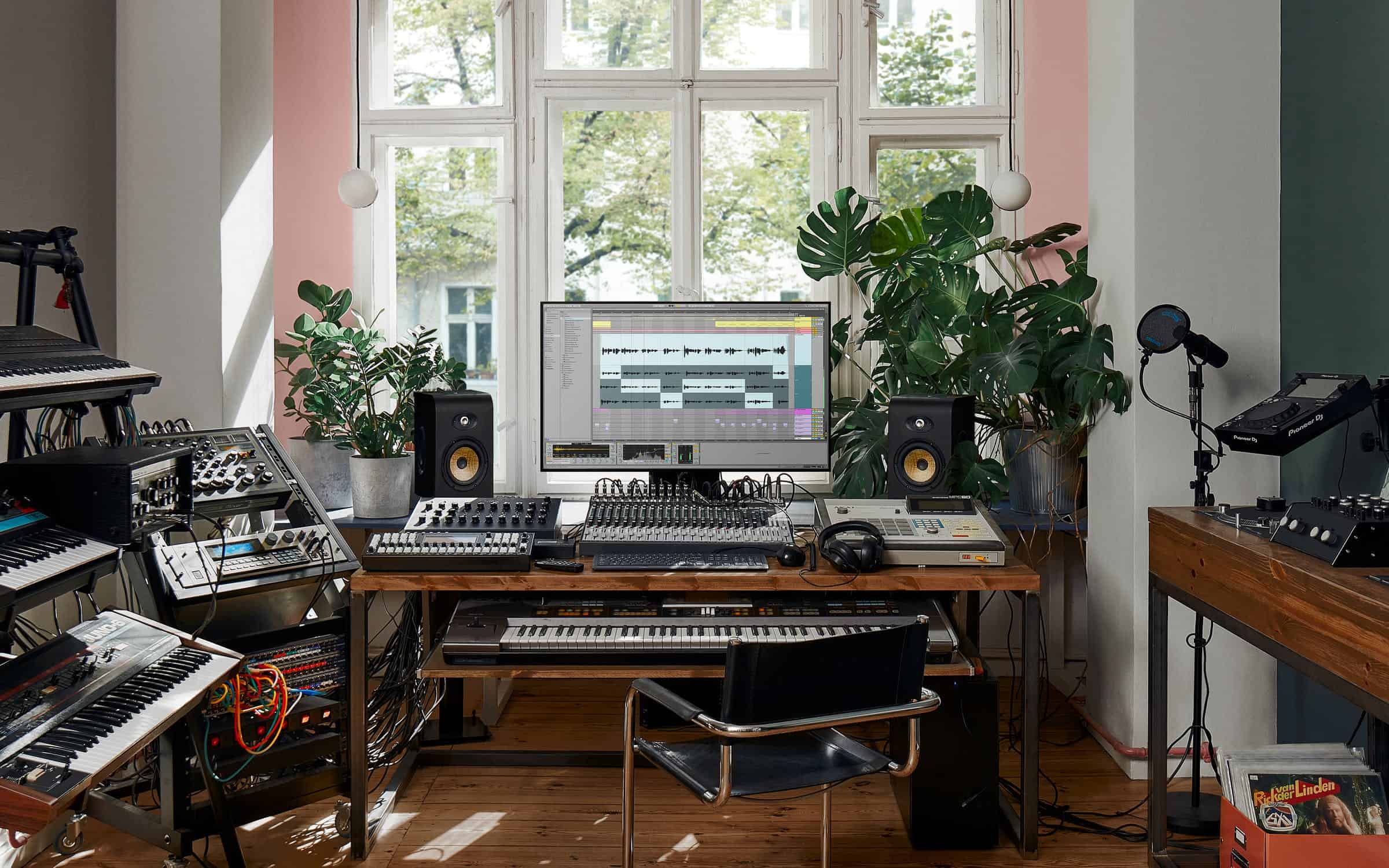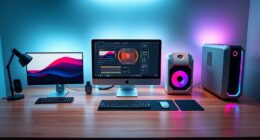Ableton Live 11.1 is now available as a free update for all users. This update adds native support for Apple computers running on the M1 Silicon chip. The new version also includes several bug fixes and performance improvements.
Native Apple Silicon Support
This update adds native support for Apple computers running on the M-series processors. This is a great step forward for Ableton Live users, as it ensures that all users will have the same level of performance when using Live 11.x versions.
Ableton has also made some other improvements in this update. This new version also includes a few minor changes, such as an updated Shifter device that adds a new mode for real-time monophonic pitch shifting, as well as delay, an envelope section, an LFO, and glide.
Two new Max for Live tools, Align Delay and Shaper MIDI, are also introduced. Align Delay allows artists to account for delays when sending signals throughout their system. Shaper MIDI generates modulation information that may be used to add more expressiveness to MIDI music performances.
Arrangement View Improvements
The left arrow key may be used to go from an automation lane or take lane to the main track, which will also fold the lanes. You may also use the left arrow key to travel between tracks in a group and the Group Track.
Capture MIDI
The current loop’s first played note is considered the start of the loop if the detected loop is eight bars or less in the first recorded MIDI clip (in a set with the transport inactive).
When only one note is played in the first captured MIDI clip (in an empty set with the transport stopped), the loop boundaries are set to the note start and end, and the tempo is accordingly calculated, resulting in a one, two, four, or eight-bar loop. This is particularly useful when playing a rhythmical sample with a single MIDI note.
Comping
You may now duplicate selected take lanes using the keyboard shortcuts CMD + D (Mac) / CTRL + D (Win), or by right-clicking on the take lane header and selecting “Duplicate.”
A change in a take lane’s color affects the track’s main lane clip and vice versa. When the connection between other highlights on different clips changes, splits are generated on the new clips in some circumstances.
The colors of the clips in each take lane are congruent, and the horizontal lines that separate them are the same color.
When you right-click on a track or take lane and select Rename from the context menu, you’ll see an edit field.
Control Surfaces
You can now scroll between devices on a selected track by pressing the navigation buttons down while navigating across devices.
Users should be aware that if an invalid CC, note, or channel value is specified in a UserConfiguration.txt file, the associated User Remote Script can still be loaded.
CPU Meter
The CPU meter drop-down menu now can be customized to display:
- both the Average or Current CPU usage levels
- only the Average level, with the Current level switched off
- only the Current level, with the Average level switched off
Interface
You may freely select a radio button with the arrow keys in Live. If you’re switching between radio buttons on an iPad inside a Rack using the left and right arrow keys, hit the ESC key after to return to moving between devices in the Rack with the left and right arrow keys.
The default state of the Monitor radio buttons in both Session and Arrangement View has been restored. To delete a Monitor, double-click its name. When the In/Out section is expanded, you may press the Delete key to reset the radio buttons to their defaults (for audio tracks, “Off” and for MIDI tracks, “Auto”). To access the above, go to Edit > Return to Default.
Multi-Clip Editing
New editing options, including voice detection and note selection, have been added to multi-clip editing:
- Time in the MIDI Note Editor can be selected across loop and clip boundaries.
- Note editing (e.g. copy, cut, paste, delete) can be used when working with note selections across clips and loop boundaries.
- Notes can be cut or copied from multiple clips and inserted into the same set of clips, as long as the clip selection/foreground clip has not changed, or into a different clip once that new clip has been selected.
New Devices and Device Improvements
- A new audio effect, “Shifter,” was introduced in Live Standard and Suite. Shifter is a plug-in that applies pitch shifting, frequency modification, and ring modulation to audio. The Coarse and Fine parameters, along with a Tone filter and Window parameter, allow you to modify the pitch or frequency of incoming audio. There are additional modulation tools in the LFO, Delay, and Envelope Followers sections. By using its own settings or incoming MIDI messages, the Shifter gadget may alter pitch or frequency.
- Max for Live has introduced the Align Delay device, which is now available as part of the Max for Live package with a Suite license or a Standard plus Max for Live subscription. Max for Live’s Align Delay is a device that delays incoming signals by samples, milliseconds, or meters/feet.
- Max for Live now includes the Shaper MIDI device, which is accessible from within a Suite or Standard plus Max for Live license. Shaper MIDI is a Max for Live MIDI device that creates mappable modulation data using multi-breakpoint envelopes.
- The Cytomic Filters, which are found in the Wavetable, Echo, Simpler, Sampler, Operator, and Auto Filter devices, have been improved in terms of stability, sound quality, and performance. Cytomic filters (particularly the MS2 and SMP choices) may break in sound compared to earlier Live versions, especially when pushed hard.
- The Amp and Cabinet audio effects of the Softtube libraries may change gradually in sound.
- Gain controls in the Sampler, Wavetable, Impulse, Simpler, Channel EQ, Hybrid Reverb, Chorus-Ensemble, Phaser-Flanger (Phaser-Flanger), Echo (output knob only), Spectral Resonator (input send only) devices now increment/decrement consistently by 1 dB when pressing the
The most notable changes are the large improvements to comping and Clip handling. Other enhancements include enhanced comping tools, updates to clip management, and more. For a full list of what’s new, read the release notes.
Live 11.1 is now available. If you own a Live 11 license, download Live 11.1 from your account page. Live 11.1 is free for all owners of Live 11.
About Ableton
Ableton makes products for music makers to create, produce and perform music. These include Live, a software that combines traditional studio technologies with the freedom of working without a timeline; Push, a hardware instrument for hands-on playing and composing with Live; and Link, a technology that allows multiple devices to play in time together over a wireless connection.
Ableton was founded in 1999 by musicians in need of new creative tools. The first version of Live was released in 2001. Its founders led the company from its headquarters in Berlin and has additional offices in Los Angeles and Tokyo. About 530 people work at Ableton across the world.










